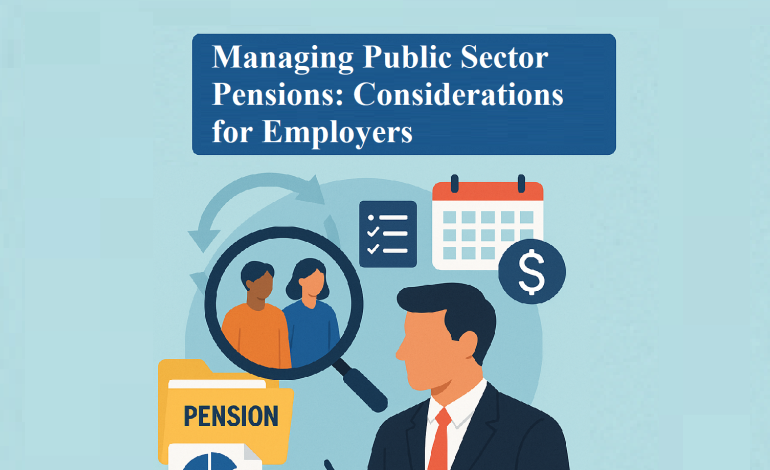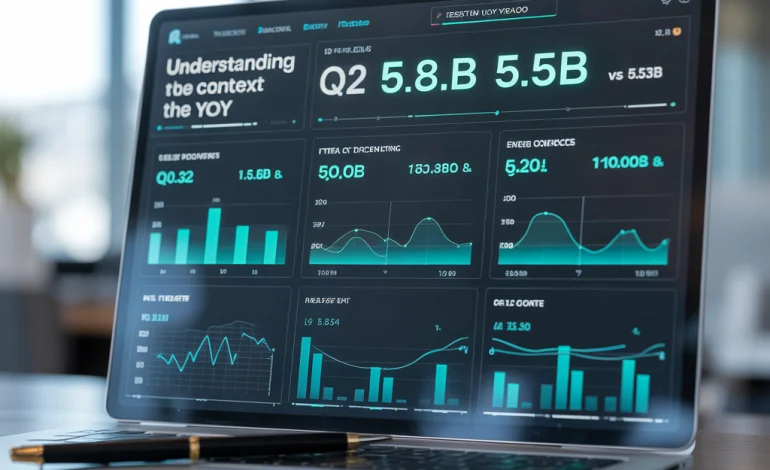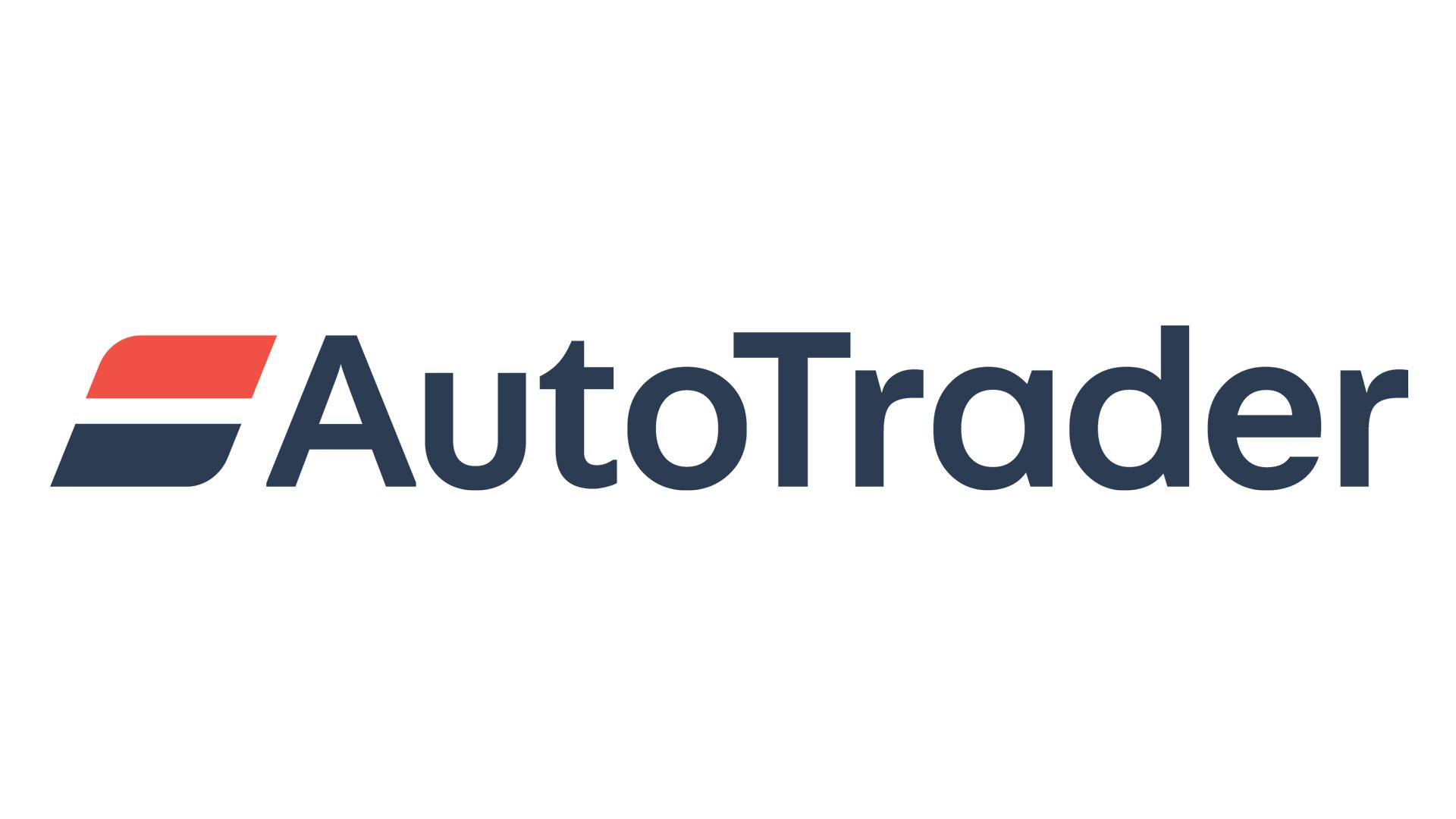Managing Public Sector Pensions: Considerations for Employers

Whether you’re already involved in public sector pensions schemes or are new to the process, staying up to date with best practices is critical. This not only ensures compliance but also helps you support your workforce and responsibly manage financial obligations.
Understanding Employer Responsibilities in Public Sector Pension Schemes
Your primary responsibilities include enrolling eligible employees, ensuring timely contributions and maintaining accurate records. Failure to comply could lead to penalties or legal issues, damaging your reputation and undermining employee trust.
Under current regulations, you must automatically enrol eligible employees and ensure their contributions are paid on time. You must inform employees about their pension rights and allow them to opt out if they wish. Take the time to familiarise yourself with all of your obligations regarding contribution rates and eligibility, if you haven’t already.
Navigating Recent Reforms and Proposed Changes
It’s all very well understanding how the system works today but that knowledge won’t be helpful if the situation changes tomorrow. It’s therefore essential to stay informed about potential reforms, such as the Government’s proposal to consolidate Local Government Pension Scheme assets into larger “megafunds”.
Having visibility over these proposals allows you to prepare for the future and be ready to be compliant when changes come into effect.
Ensuring Robust Governance and Risk Management
A solid governance structure ensures that the scheme operates in the best interests of its members and complies with legal and regulatory requirements. One effective approach could be using a Local Government Pension Scheme advisory service, which could help you navigate governance challenges, provide compliance support, offer risk management advice and keep you updated on regulatory changes.
Enhancing Communication and Member Engagement
Employees need to understand how the pension scheme works and any changes that may affect them. You should explain how contributions are calculated and how benefits will grow over time.
Effective communication fosters trust and helps employees make informed decisions about their pensions. Use accessible channels, such as emails or dedicated pension portals, to deliver transparent and timely updates.
Managing Financial Commitments and Funding Strategies
Public sector pension schemes require long-term financial commitments, making it crucial for employers to understand contribution rates and funding strategies. You are responsible for ensuring that contributions are sustainable and that the scheme is adequately funded to meet future liabilities.
Regularly monitor contribution levels and reassess your pension strategy to address potential funding shortfalls. This proactive approach ensures your scheme remains financially sound and helps you stay informed on best practices.
Adapting to Workforce Changes and Flexible Retirement Options
As the workforce evolves, so should your approach to pensions. Employees increasingly demand flexibility, especially concerning retirement options. Offering choices such as flexible retirement or allowing employees to trade some pension benefits for higher salaries may improve recruitment and retention. Being responsive to your employees’ needs can increase satisfaction and retention.









